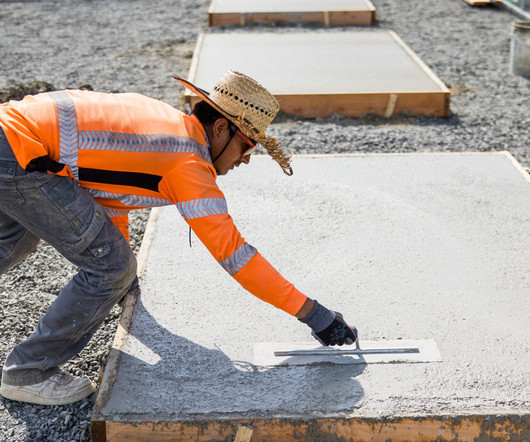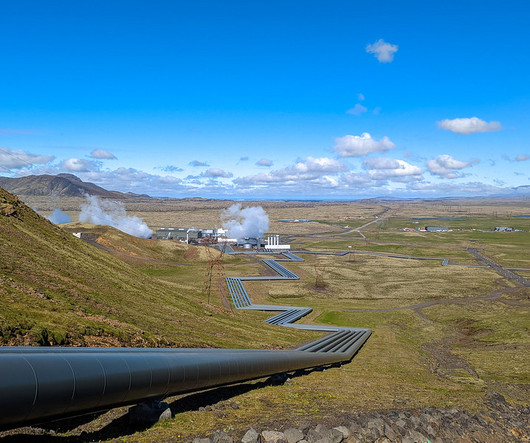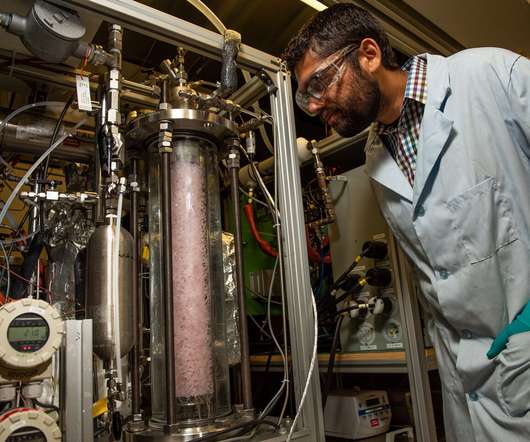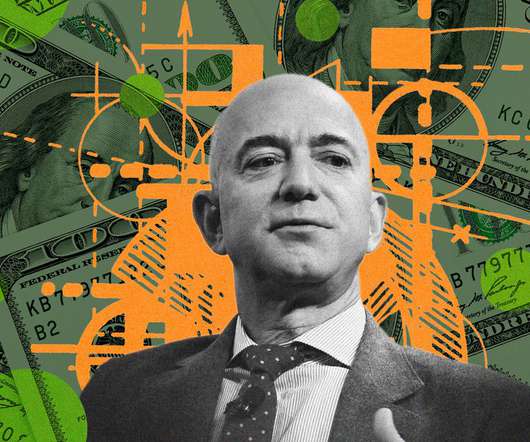Microsoft is a guinea pig for climate friendly concrete as it paves the way to greener data centers
GeekWire
SEPTEMBER 28, 2023
Microsoft contractors mixed test slabs of lower-carbon concrete at the site of a new data center in Quincy, Wash. Dan DeLong Photo for Microsoft) Microsoft is building 120 new data centers this year alone, and operates more than 300 of the server hubs worldwide. So the Redmond, Wash.-based














Let's personalize your content